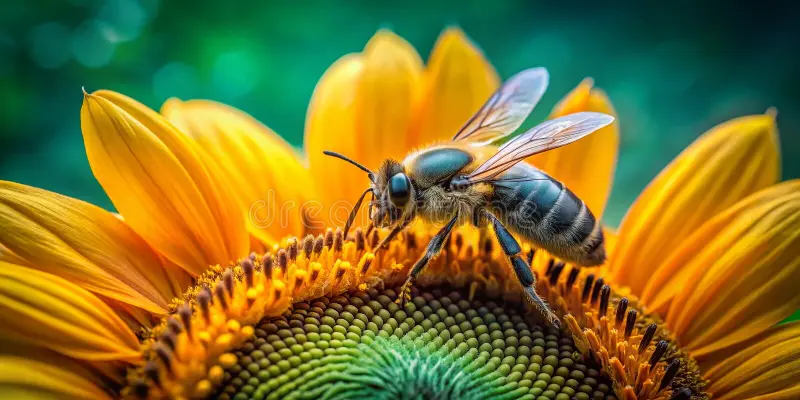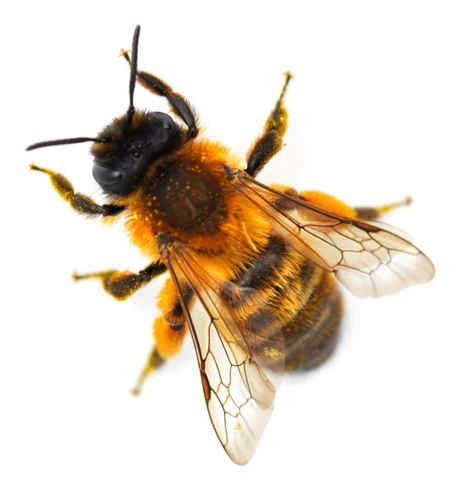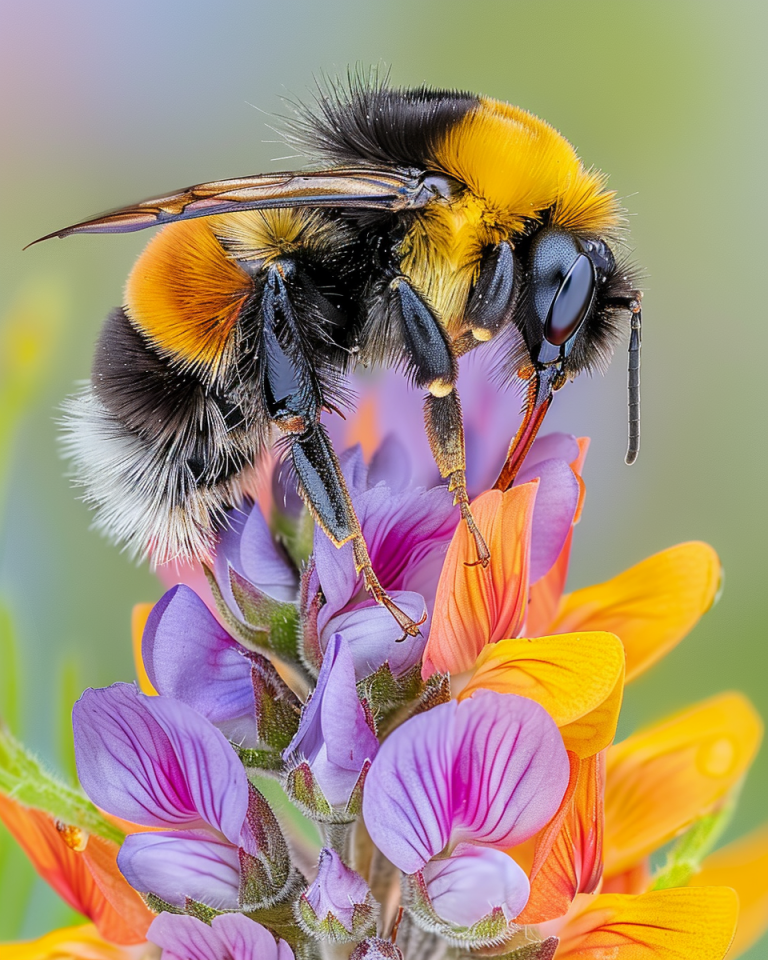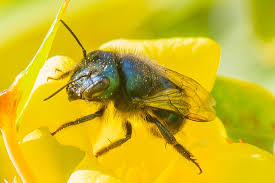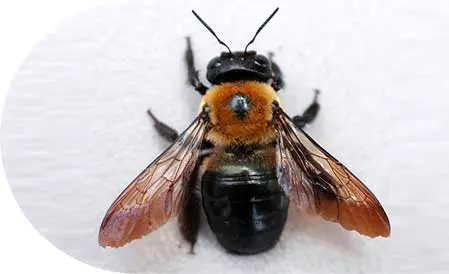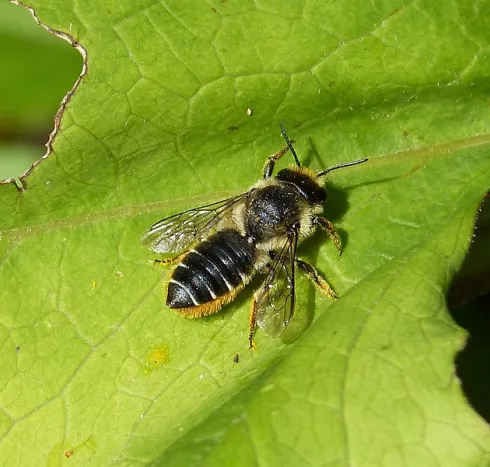Meet the Bees: The 5 Native Bees That Belong in Your Garden
- kitkat53
- Jun 22
- 2 min read
When we think of bees, the image of a honeybee buzzing around flowers often comes to mind. But the truth is, honeybees are just one of over 4,000 bee species in North America—and many of the unsung heroes are native bees that quietly keep our ecosystems blooming. Here are five of the most helpful (and charming) native bees that deserve a spot in your garden.
1. Mason Bees
Gentle, solitary, and ridiculously efficient, mason bees are early spring pollinators who nest in holes or cracks, often in wooden blocks or hollow stems. They don’t make honey, but a single mason bee can pollinate as many flowers as 100 honeybees.
How to help them:
Install a bee house with paper straws or tubes
Leave bare soil and mud patches nearby
2. Bumblebees
These fuzzy powerhouses are among the first to emerge in spring and are vital for pollinating native wildflowers and crops like tomatoes and berries. Social but not aggressive, bumblebee colonies are small and seasonal.
How to help them:
Plant early bloomers like crocus and lungwort
Avoid tilling garden edges where they may nest
3. Carpenter Bees
Often mistaken for pests, carpenter bees are gentle giants that nest in wood. Though they can tunnel into wooden structures, they’re important pollinators for many garden plants.
How to help them:
Provide untreated softwood or dedicated nesting blocks
Avoid painting or staining nesting areas
4. Leafcutter Bees
Adorably industrious, these bees cut circles from leaves to build their nests. They’re excellent pollinators for vegetables and wildflowers and are active during summer months.
How to help them:
Leave some flowering shrubs or roses untrimmed
Avoid spraying insecticides
5. Sweat Bees
Small and metallic green or blue, these bees are often overlooked but are crucial pollinators. They nest in the ground and love open, sunny spaces.
How to help them:
Maintain patches of bare soil
Let clover and dandelions bloom in your lawn

Final Thought: Helping native bees doesn’t take much—just a few intentional choices in your garden. In return, you’ll enjoy better blooms, healthier veggies, and the joy of watching these quiet pollinators at work. Cheers!



